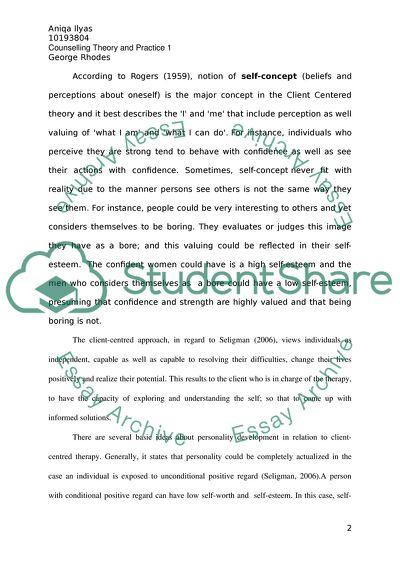Cite this document
(Consistency of the Client-Centered Approach of Dr Rogers Personal Statement, n.d.)
Consistency of the Client-Centered Approach of Dr Rogers Personal Statement. Retrieved from https://studentshare.org/psychology/1818051-counselling-theory-and-practice-1
Consistency of the Client-Centered Approach of Dr Rogers Personal Statement. Retrieved from https://studentshare.org/psychology/1818051-counselling-theory-and-practice-1
(Consistency of the Client-Centered Approach of Dr Rogers Personal Statement)
Consistency of the Client-Centered Approach of Dr Rogers Personal Statement. https://studentshare.org/psychology/1818051-counselling-theory-and-practice-1.
Consistency of the Client-Centered Approach of Dr Rogers Personal Statement. https://studentshare.org/psychology/1818051-counselling-theory-and-practice-1.
“Consistency of the Client-Centered Approach of Dr Rogers Personal Statement”, n.d. https://studentshare.org/psychology/1818051-counselling-theory-and-practice-1.


